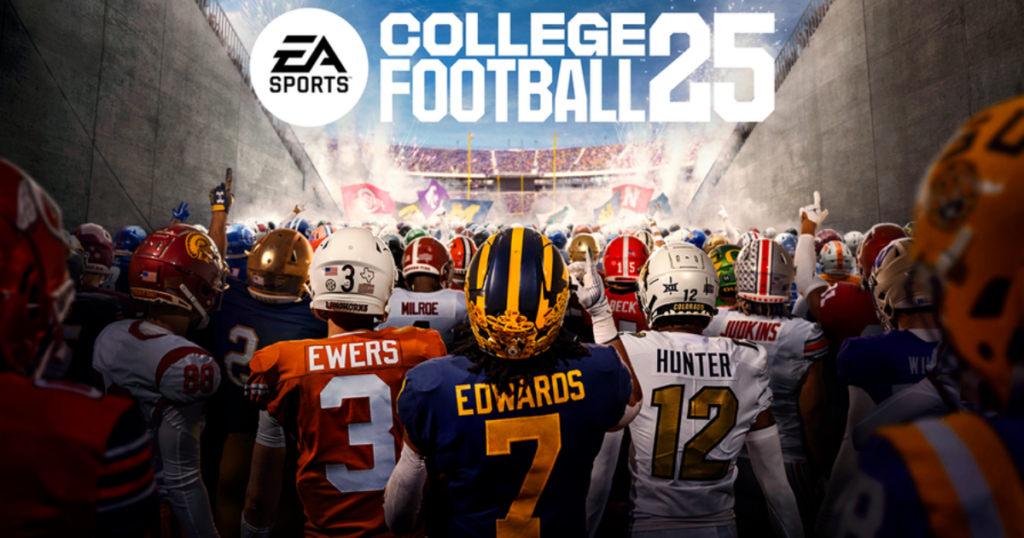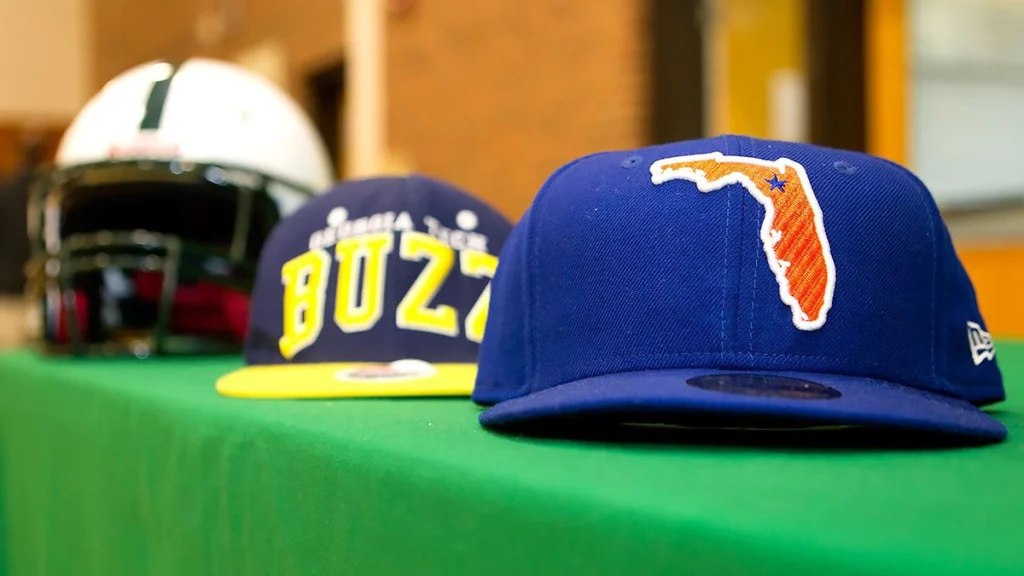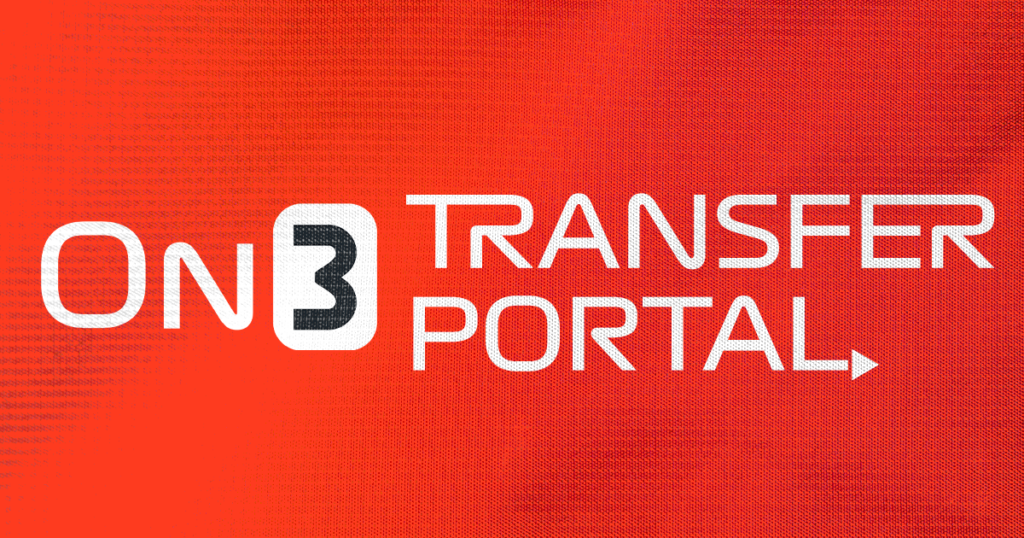EA Sports College Football 25: Details on Recruiting and Transfer Portal in Dynasty Mode

Just two weeks are left until the release of EA Sports’ College Football 25, and excitement continues to build for college football fans and video gamers across the country.
The game promises to give fans a completely new, next-generation feel, as EA Sports has poured countless hours into revamping the franchise to ensure its return produces as much bang for the buck as possible.
Thanks to EA Sports providing a unique early glimpse at the product, On3 can shed some light on some of the new features coming to the game. Let’s take a look at some of the major elements of high school recruiting and the Transfer Portal in College Football 25’s Dynasty mode.
Stages of Recruiting

Stage One: Discovery
Every recruitment has a beginning, and in College Football 25, that starts with the Discovery stage.
In Discovery you will look for prospects to target, learn their skills and find out what is most important to them when making their college decisions. In this stage, the goal is to determine which recruits best fit your program.
Scout prospects to unlock their attributes, spend hours on the trail talking with their friends and family, and build your 35-man Recruiting Board in preparation for the next stage of a prospect’s recruitment.
Stage Two: Pitch
Just like in real life, recruits in College Football 25 will narrow down their list of top schools as the process rolls on. Prospects may start with a completely open recruitment, or perhaps just eight or five schools under consideration.
When a player is ready to release their Top 5, in comes the Pitch stage. Here, you will work to sell your program to a recruit based on what motivates that individual player. Things like academic prestige or proximity to home could influence which schools most interest a recruit.
Pitches include soft sells or hard sells. Soft sells reduce the downside of pitching a topic that isn’t interesting to a recruit but also does not have as much of an influence. Hard sells will be more influential, both positively and negatively.
Stage Three: Close
The final stage of the recruiting process — Close on the deal. EA Sports allows you to bring up to four prospects to campus on official visits during bye weeks or home games.
First, decide when to schedule an official visit. Bringing a recruit to a heated rivalry week game could have tremendous upside, but carries the risk of them committing to another school before they get onto your campus.
Beating a College Football Playoff contender could seriously impress a recruit, but losing to an opponent at the bottom of the conference could have disastrous effects.
Fourteen activities are available for recruits on visits, which you can set after scheduling the official visit. Line up visit activities with the recruit’s motivations, and you could knock the weekend out of the park.
Top 10
- 1New
Fan who fell from stands
20-year old former CFB player
- 2
Kentucky, St. John's
Set to play in 2025-26
- 3Trending
Fan falls from stands
New update from Pirates game
- 4Hot
Bill Belichick
Netflix mocks coach, girlfriend
- 5
Bracketology
Way Too Early Tournament projection
Get the On3 Top 10 to your inbox every morning
By clicking "Subscribe to Newsletter", I agree to On3's Privacy Notice, Terms, and use of my personal information described therein.
Put on a truly special official visit and a recruit may choose to verbally commit to your school. But beware, if your school falls below a prospect’s threshold on a Dealbreaker — a motivation especially important to a player — they may decommit before signing day.
Regional Recruiting

Recruiting classes in real life are different from cycle to cycle. Talent at a position or in a state can fluctuate, and that is reflected in College Football 25.
College Football 25 features over 3,500 recruits each season. Some years may be heavy on quarterbacks, others on wide receivers. But recruiting also varies down to the regional level.
Looking for an elite quarterback? Maybe check out Southern California. East Texas often produces big, physical wide receivers, while deep threats may be more commonly found in South Florida.
EA Sports studied historical recruiting data, resulting in 50 different pipelines in College Football 25 all the way down to the local level. For example, New York and New Jersey were combined into a single pipeline. Whereas North Florida, Central Florida, South Florida and Metro Atlanta can be targeted locally by your coaching staff.
Transfer Portal

If a player has a Dealbreaker as a recruit, that Dealbreaker will be carried with them to the college level. If your program falls below a player’s desired Dealbreaker threshold, they may decide to enter the Transfer Portal and leave the program.
As a coach, you can also initiate the transfer process. Each team is limited to 85 scholarship players. You may have to encourage players to enter the Transfer Portal in order to comply with the 85-man limit — or to free up roster space for the next season.
The Transfer Portal opens up at the start of offseason recruiting in College Football 25. Offseason recruiting lasts four weeks and time can be spent on both high school recruits and transfers. The recruiting plan in the offseason is up to you — continue to recruit from the high school level or bring in a transfer for a visit?
Transfers will make their final decisions on National Signing Day right alongside high school prospects who chose not to sign during the Early Signing Period.